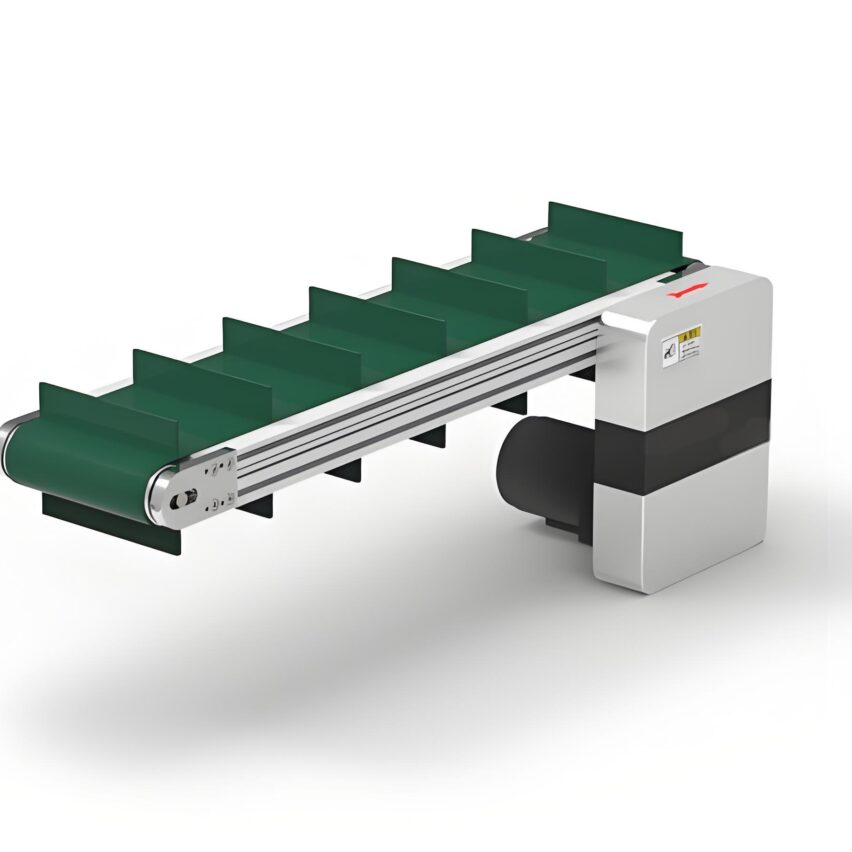Hey, is the conveyor line in your food factory always falling down during hygiene inspections? Obviously every day to wash and brush, crevices or hidden grease and mould spots? Don't worry, let's talk through this today--Food-grade hinge conveyor line, really not just hang a "stainless steel" brand can be fooled!I have seen too many factories spend a lot of money to buy equipment, the result is that because of the hygiene does not meet the standard was fined to the flesh. The following dry goods, safe you listen to the straight pat on the thigh!
🔧 A. First of all, the whole thing: what is a real food-grade hinge line?
It is not enough to say stainless steel, we have to look at the "gene" and "ID card"!Just like you have to look at the formula sheet to buy milk powder, you have to peel back the details of the hinge line to see it:
-
Material must be licensed::
- Food grade 304/316 stainless steelThe bottom line (you'll have to check the material report) is don't buy into the vagueness of "industrial stainless steel";
- FDA Approved Plastic PartsOtherwise the high temperatures release toxins that are worse than bacteria;
Case: A sauce factory used ordinary plastic chain plate, the result of solvent precipitation contamination of the whole batch of goods, lost 2 million!
-
Designed with "zero tolerance for dead ends."::
- Hinge gap ≤1mmThe kabocha sesame seeds have to be able to be flushed out (refer to the AMI Association standards);
- Rejected Bolt Recess! You must use the hidden quick release construction, all those screwed on the outside pass;
- Surface polished to Ra≤0.8μm(Mirror grade), slippery to the touch like an eggshell, with no place for germs to pick at.
👉Speak human: let the supplier get the test report! Material certificates, polishing reports, seam measurement charts, don't sign the contract without one!
🧼 Second, health standards are not metaphysics, they are life preservation lines!
You think you can just rinse it off? Microbes can hide in a microscope and laugh!Remember the three "musts":
-
Clean to microbiological grade(Not clean to the naked eye!) :
- 3000 bottles per hour beverage lineThe number of colonies per square centimetre of the chain plate is <10 (GB 14881 mandatory requirements);
- Zero detection of Salmonella and Listeria monocytogenes, especially meat plants.
-
The material must be durable.::
- acid and alkali resistance: Soak in 84 disinfectant without corrosion (don't buy carbon steel chrome plated, rust through in three months);
- heat-resistant80℃ hot water rinsing without deformation (plastic chain links have to be able to withstand 120℃).
-
Designed to avoid cross-contamination::
- Lubricants must be food grade! Regular butter mixed into a bread line? Wait for the recall;
- Drainage slope ≥ 3°The water should not accumulate in the corners to feed the bacteria.
👉Bloody lesson: a nut factory chain plate seams stuck syrup, inviting cockroach nest! FDA inspection directly stop production rectification...
🚿 iii. Efficient cleaning solutions that save on three shifts of labour!
Don't let workers fight for their lives with brushes, smart cleaning is the real deal!Follow the six-step method and double your efficiency:
-
Don't be lazy about preprocessing.::
- Scrape off any visible residue (crushed peanuts, sauce residue) that is visible to the naked eye.Compressed air spray gun saves 60% time over water flushing.;
- focus area: At the hinge spindle and chain plate joints, take a small hook and pick at the seams!
-
Foam bath time::
- Neutral cleaner with a pH of 7-8(Strong alkali injures stainless steel), the foam stays for 10 minutes to decompose the oil;
- Spray pressure ≥15barBut don't pound on the bearings (precision parts are delicate).
-
Deep Sterilisation Trick::
- 85℃ hot water circulation rinse for 15 minutes, which is more environmentally friendly than chemical sterilisation (one dairy company measured a colony drop of 90%);
- disinfectantsWeekly recipe change, preventing the development of bacterial resistance.
-
Quick release design is a godsend::
- Modular chainplates dismantled in 5 minutes with bare handsThe first thing you do is to throw it into the ultrasonic pool and shake it for half an hour, and spit out all the dirt in the crevices;
- Self-lubricating, maintenance-free bearingsIt saves the hassle of monthly oiling (dusty shops love this feature).
👉Data speak: a frozen food factory to change the self-cleaning system, nightly downtime cleaning from 2 hours to 30 minutes, saving 180,000 yuan a year in electricity costs!
📝 Fourth, on a personal note: Hygiene is the start of saving money!
After ten years in food engineering, I've kind of seen it all.Hygienically up to standard equipment is actually a hidden money printer!
- Don't buy "pseudo-food grade" on the cheap.: A factory to save 200,000 to buy unlicensed equipment, the results of the suspension of production and rectification of compensation of 500,000, crying too late;
- Involve the cleaners in the selection--They know best where it's hard to wash! A chorizo factory listened to the workers' suggestion to change to open chain plates, and the cleaning efficiency was directly doubled;
- ATP fluorescence test once a month(Measuring colony residue), the cost of a few tens of dollars is ten thousand times better than losing money if something goes wrong.
One last rant.A hinge line in a food factory has to be as clean as a scalpel!You assembly line click run is not only the product, but also the consumer's trust ah!
The data and standards in the text are based on: GB 14881 General Hygienic Norms for Food Production, American AMI 10 Principles of Hygienic Design of Equipment, and FDA Food Contact Materials Regulations.













